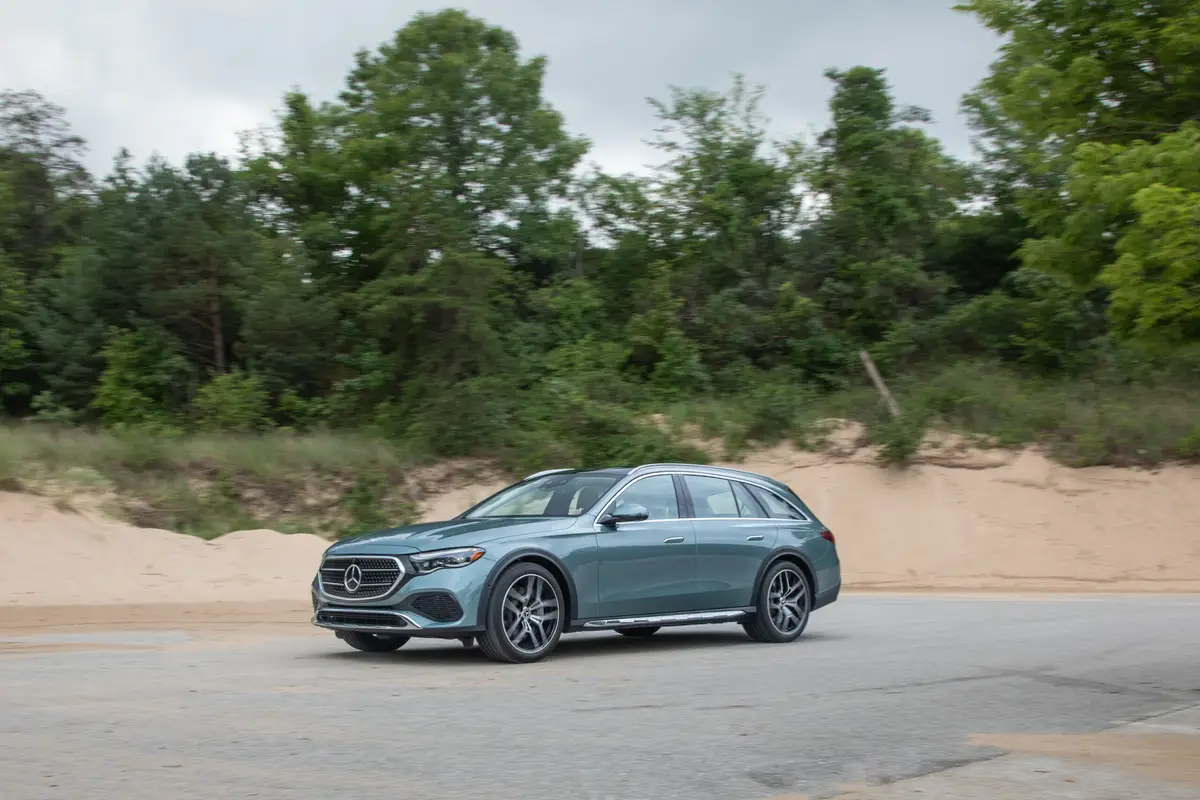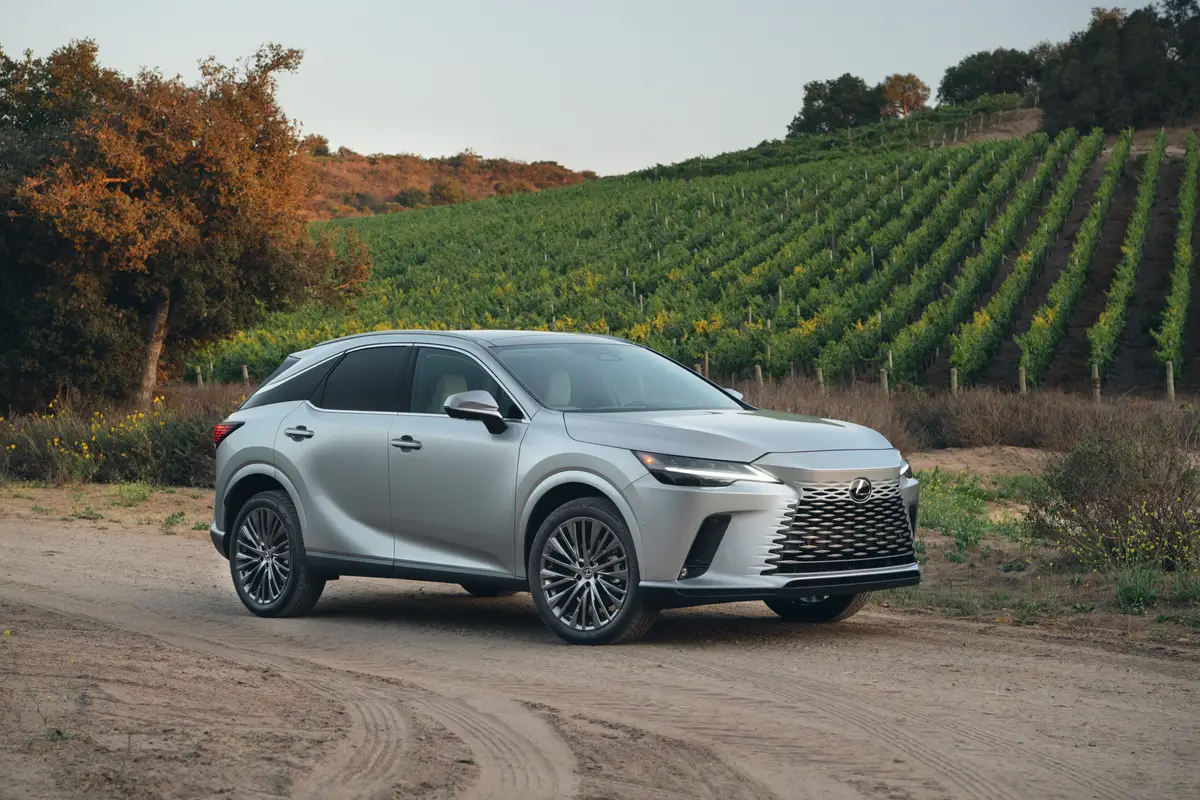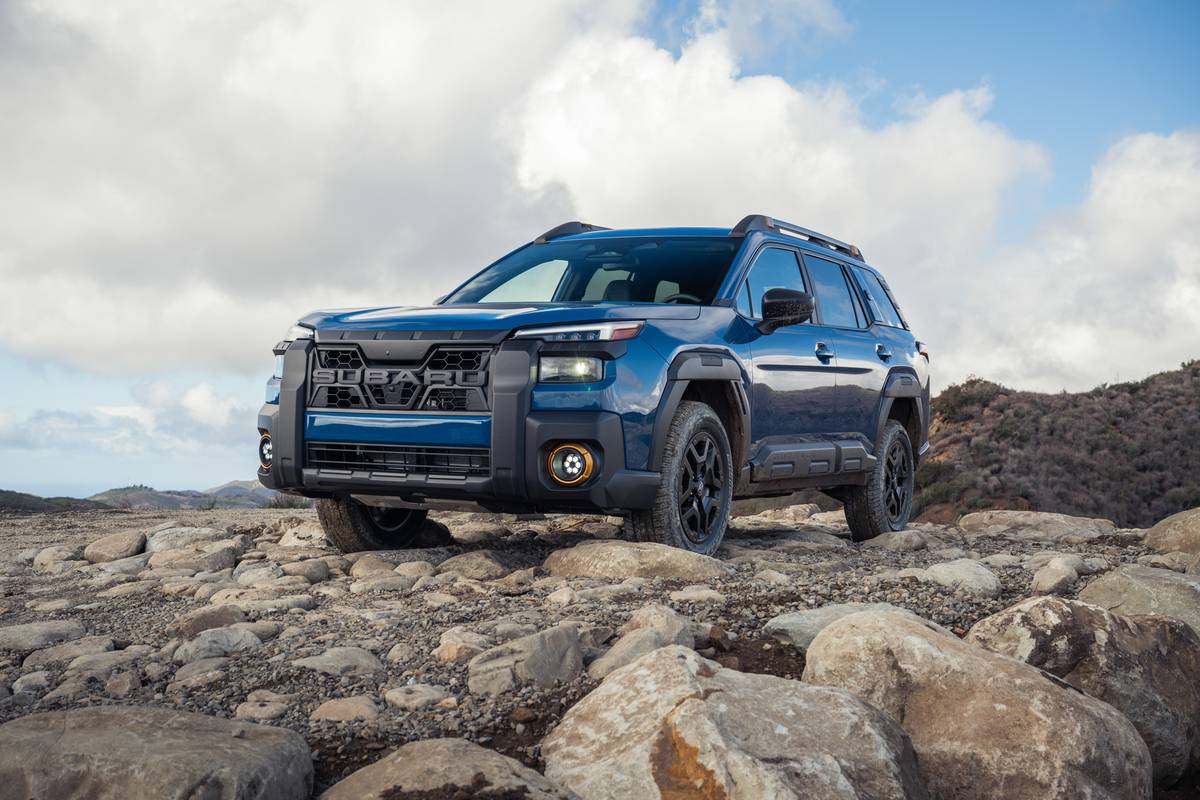Orlando Sentinel's view
RETOOLED SPORT-UTILITY UPS ANTE — BUT JUST A LITTLE BIT
With the 1997 introduction of the CR-V sport-utility vehicle, Honda was neither the first nor the last to leap into the small SUV marketplace. Certainly, though, the CR-V has been one of the most successful entries, selling about a million copies in the past five years.
Since its debut, the CR-V has been challenged by some particularly well-conceived new products, including the Hyundai Santa Fe, a redesigned Toyota Rav4, the Nissan Xterra, and the Ford Escape and its under-the-skin twin, the Mazda Tribute. Since the CR-V has undergone only the most minor updating, it was time for a new model.
Past time, some would suggest. Enter the 2002 Honda CR-V, coming soon to a dealership near you. It’s bigger in almost every measurement, but only slightly. Rumors persist that Honda will eventually get a larger SUV, built from the Accord platform, so it makes sense to keep the CR-V a compact.
The 2002 CR-V is an improvement in every area, but it isn’t a leaps-and-bounds makeover that will send the owners of current CR-Vs sprinting toward a Honda dealer. A perceived weak link in the CR-V has been the availability of only a four-cylinder engine, while the main competition, except for the Rav-4, is offering a choice of a four-cylinder and a V-6. Honda has addressed that with an all-new larger engine, but it’s still a four-cylinder.
The 2.4-liter engine pumps out 160 horsepower, a 10 percent improvement over the 146-horsepower 2.0-liter in the 2001. The new engine has 162 pound-feet of torque (that’s the measure of pulling power), up 22 percent from last year. This new engine has noticeably more grunt, especially when you’re going uphill. But at even 160 horsepower, the CR-V comes up 40 horses short of the Escape’s 3.0-liter V-6, and 25 short of the Santa Fe’s 3.0-liter V-6. None of these small SUVs is ideal for towing, but a V-6 is typically more capable than even a hearty four-cylinder.
The CR-V continues to offer a choice of a four-speed automatic transmission or a five-speed manual. The manual maximizes the available horsepower, but the smooth-shifting, perceptive automatic would be my choice. In some vehicles, a manual transmission is a lot of fun, but an SUV is not necessarily one of those vehicles. Especially annoying: Honda does not supply the driver’s seat with a right-side fold-down armrest on manual-transmission models, figuring it would interfere with your ability to shift. I don’t think it would, and on long trips, that armrest is missed.
Like several other car-based small SUVs, the CR-V comes standard with front-wheel-drive, with four-wheel-drive available for a price. As before, Honda calls that system “Real Time 4WD.” The four-wheel-drive kicks in when sensors detect that the front wheels are spinning, losing traction. The rear wheels are powered until the system detects that the front wheels have regained traction, then the CR-V reverts to fro nt-wheel-drive. The more the front wheels slip, the higher percentage of the power directed to the rear wheels.
The fact that the system is not in four-wheel-drive all the time means there is less wear on components, less noise and better fuel economy, as the engine doesn’t have to power all four wheels, all the time.
This also means that the CR-V is no Jeep. There is no low-range gearing for backwoods rock-crawling, no big knobby-looking tires available. The CR-V is quite capable of the occasional trip down a cow trail, but if you need a serious off-roader, there are better choices, such as the Nissan Xterra. In fact, unless you live in a particularly wet or snowy climate, the front-wheel-drive CR-V is just fine, though Honda expects about 85 percent of CR-V buyers will opt for four-wheel-drive.
Inside, the 2002 CR-V is roomier than you’d expect, since overall exterior width increased by only 1.3 inches. Thanks to innovative packaging, though, Honda engineers added inches in interior width, which translates directly to improved elbow room. Three average-sized adults can sit in the back seat with acceptable comfort, while the front bucket seats are supportive, even for long stints behind the wheel. Front or rear, headroom is plentiful.
With the rear seat in place, there’s 33.5 cubic feet of luggage space, up from 29.6 cubic feet in the 2001 model. Fold the rear seat down, and that increases to a cavernous 72 cubic feet, more than a Ford Explorer offers. Up front, the emergency brake lever, which looks like a video game joystick, pulls out from the dashboard, on the right side of the steering wheel. The transmission shift lever for the automatic transmission is mounted on the instrument panel, to give more floor space. It looks odd, but it works.
On the road, the CR-V is surprisingly nimble, given its high center of gravity and weight (up to 3,347 lbs., depending on equipment). It’s exceptionally quiet and resistant to crosswinds.
The CR-V comes in three basic flavors. The base LX is front-wheel-drive only, and comes with the automatic transmission. There’s a four-wheel-drive LX, and it can be had with the manual or automatic transmission. The top-of-the-line remains the EX, and it is four-wheel-drive only, and you can choose either transmission.
Even the base LX is nicely equipped, with standard air conditioning, four-wheel disc brakes, cruise control, an AM/FM stereo with cassette and compact disc player, an adjustable steering column and power mirrors, windows and locks. Upgrade to the EX, and you get a power moonroof (never before offered on a CR-V), side airbags (optional on the LX), keyless remote locking, anti-lock brakes, aluminum alloy wheels and several additional features. With all CR-Vs, you still get the removable, foldable picnic table hidden in the rear — it’s a gimmick, but a nice one.
Honda won’t release 2002 CR-V prices until October, but they’ll range from about $19,000 for the front-wheel-drive LX, to about $23,000 for a fully-equipped EX. Which is very close to the list prices for the 2001 models now.
The 2002 CR-V is inarguably an improvement, but until that model hits showrooms, Honda is offering some extremely attractive deals on leftover 2001 CR-Vs, and there’s absolutely nothing wrong with those. If you’re looking for a well-equipped small SUV at a bargain price, they’re well worth your attention.
Otherwise, expect the all-new 2002 CR-V by November 15.
Base price: $19,000 (estimated)
EPA rating: 22 mpg city, 26 mpg highway (with automatic transmission)
Latest news



